Looking for a pocket-friendly and time-efficient alternative to interrailing? Taking the bus is your ticket to ride…

This summer, I set off on a solo adventure through the warm and rolling landscapes of Europe- but rather than hopping on a train or jetting across the skies, I took the bus… the road less travelled, but the ticket to ride.
Summer was the sweet-spot between my first and second year of university, and after trudging through a long year of uni and facing the next, I’d cobbled up a case of the travel bug. I was looking for a trip where I could immerse myself into different cultures, but had two setbacks: I had one month to plan, and therefore one month to save, before I went back to university in September. I combed through every search engine researching every possible budget option, comparing itineraries to find the most efficient route- my browser history seriously looked like I was plotting to run away.
I had 12 days to travel. I was working a part-time waitressing job to support myself, and so couldn’t take weeks and weeks off of work at a time where my savings for the new university year were critical- and in addition to this, Interrail passes can boast a hefty price tag, with some of the cheapest passes I could find starting at £148. I had a lot of uncertainty about choosing an Interrail pass as I wasn’t sure I would make the most of it with the limited time I had- so I had to get creative.
I wound up choosing Bratislava to Berlin, passing through Budapest to Vienna to Prague through travelling by FlixBus, the cheapest bus service I could find and an incredibly established network across Europe. It felt like the perfect straight shot across Europe- well-connected, easy to navigate, and full of affordable, quick stops along the way. It turned out to be a fabulous solution: not only was the mode of transport budget-friendly, but it also gave me the freedom to experience my trip at a more relaxed pace, travelling a route that is stress-free and extremely accessible to globetrotters interested in dipping their toes into multi-city trips.
I’d seen reviews and TikTok users rely on FlixBuses in the past for the service’s affordability and reliability, which made me confident that it would be a great option for my own trip. Emma Stephenson, a student at Newcastle University, relied on using FlixBus during a 6-week interrailing trip around Europe, after her plans were disturbed by train strikes. She said, ‘I got 3 buses: from Brussels to Luxembourg, Luxembourg to Metz, then Metz to Strasbourg. I’d already spent £250 on my Interrail ticket, was on a budget, and so FlixBuses were a life-saver.
‘They were cost-effective and they allowed me to get to each stop I had already booked a hostel at. It meant I wasn’t stranded by the train strikes, and it was such a relief that we had a reliable form of transport.’
Travelling by FlixBus cost me £45, and with the cheapest Skyscanner flights bracketing either side of the trip (a £7 flight to Bratislava from Manchester and a £41 flight from Berlin back), overall my travel for the trip cost me £93… a fraction of the price of what an Interrail pass would have set me back.
So, for my fellow students looking for an affordable way to explore Europe, I’m here to share the ins and outs of my pocket-friendly trip from Bratislava to Berlin, and why travelling this specific route and by bus is an unbeatable choice for students.
Why choose the bus? (Hint: It’s better than you think)
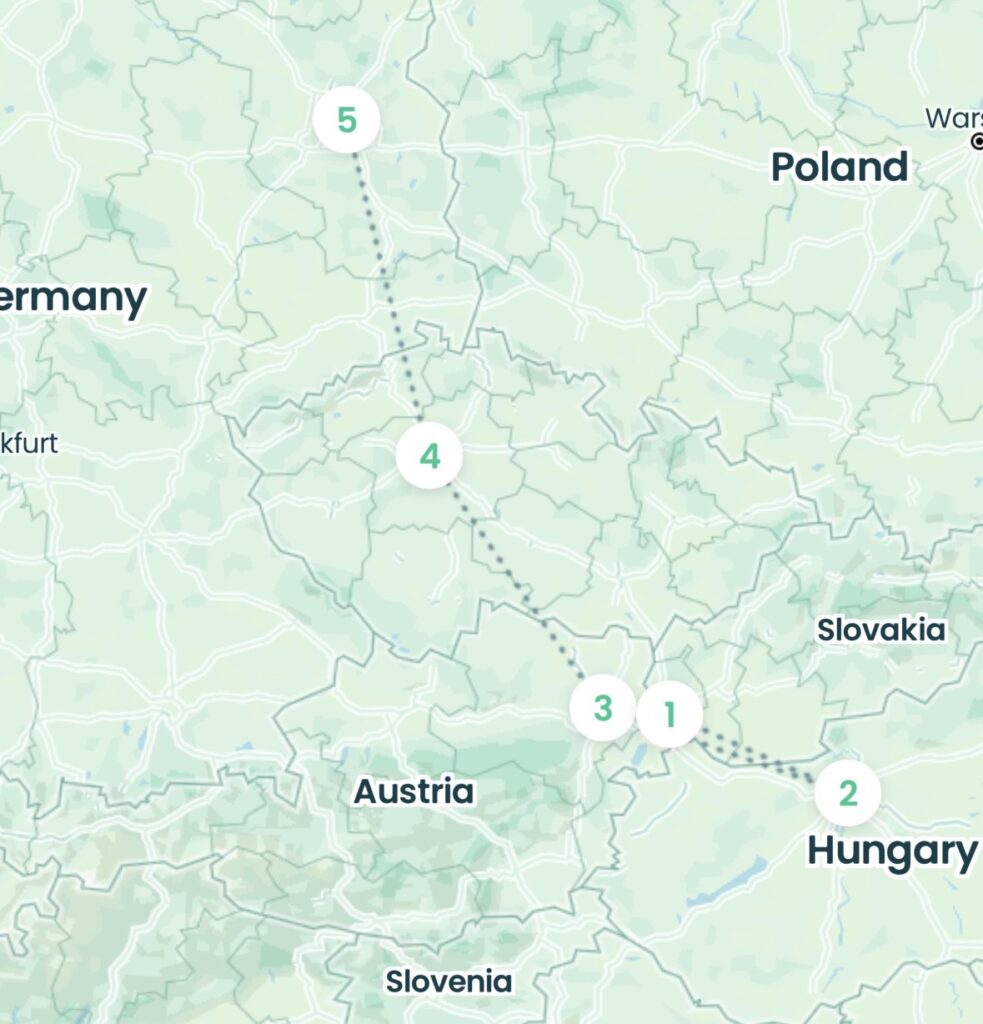
Are FlixBuses a value for money?
FlixBus has a solid reputation for offering affordable travel across Europe, and after trying it for myself, I can see why. It’s a no-frills way to get between major cities, and it’s often much cheaper than trains. For example, traveling from Bratislava to Budapest takes around 2.5 hours whether you’re on the train or the bus. But while the train costs £33, the bus fare is only £8.99. The budget-friendly bus is an excellent alternative to trains without compromising on convenience… coach journeys often last the same duration as trains, but are far cheaper. For example, travelling from Bratislava to Budapest takes 2.5 hours by both train and coach, however, the train cost £33 while the bus fare was just £8.99. The money I saved was able to contribute towards hostels and meals during my trip.
While each ticket comes with a booking fee, Unidays offers an 11% student discount to take pennies off of the price. You can download the FlixBus app on any App store, where you’ll immediately be able to select your departure and arrival locations with your preferred dates– for the best deals, buy tickets a month in advance, at the latest!
Are FlixBuses a value for money?
FlixBus has a solid reputation for offering affordable travel across Europe, and after trying it for myself, I can see why. It’s a no-frills way to get between major cities, and it’s often much cheaper than trains. For example, traveling from Bratislava to Budapest takes around 2.5 hours whether you’re on the train or the bus. But while the train costs £33, the bus fare is only £8.99. The budget-friendly bus is an excellent alternative to trains without compromising on convenience… coach journeys often last the same duration as trains, but are far cheaper. For example, travelling from Bratislava to Budapest takes 2.5 hours by both train and coach, however, the train cost £33 while the bus fare was just £8.99. The money I saved was able to contribute towards hostels and meals during my trip.
Jack Evans, a full-time Masters student at The University of Sheffield, also used FlixBus to travel between multiple cities, highlighting how it helped him save on costs during his trip.
“I travelled from Prague to Berlin using FlixBus,” he told me. “It took me the same amount of time to travel from A to B yet it was a fraction of the price, which was so good! The journey was very picturesque too, which is a good bonus. I would highly recommend it for the day to save on money.”
While each ticket comes with a booking fee, Unidays offers an 11% student discount to take pennies off of the price. You can download the FlixBus app on any App store, where you’ll immediately be able to select your departure and arrival locations with your preferred dates– for the best deals, buy tickets a month in advance, at the latest!
Are the bookings flexible?
FlixBuses across Europe operate frequently in an extensive network, with multiple departures every day, allowing you to travel at times that fit with your university and work commitments. Most FlixBuses are direct services, unlike train journeys which commonly require multiple changes, and bus interchanges are primarily at the heart of city centres, unlike train stations or airports, which can save you on additional transport costs to your accommodation. Plus, FlixBuses depart from several interchanges, allowing you to adjust your arrivals and departures according to your accommodation or desired destination.
Are the buses comfortable?
In terms of comfort, I was pleasantly surprised. Unlike trains, where you might end up standing or sitting on the floor if it’s busy, FlixBus guarantees a seat for every passenger. The buses might feel a bit slower, but they’re far more comfortable than I expected. You get free Wi-Fi, power outlets, and plenty of legroom—perfect for a quick nap or catching up on some uni work. Plus, there’s space for your luggage, so you don’t have to worry about juggling your bags during the journey.
Can I travel overnight?
If you’re really looking to stretch your budget, FlixBus also offers overnight routes at the same price as regular tickets. This means you can travel while you sleep and save on accommodation costs. It’s a good option for students or budget-conscious travelers who want to maximize their time in the cities. Just keep in mind, it’s not quite like sleeping in a hotel bed, so be prepared for a less-than-luxurious experience!
The Route: A Friendly First-Time Student Traveller Feat
So, now you’ve downloaded the FlixBus app and you’re ready for the next step… If you’re like me and have a long travel bucket list, choosing which cities to visit in such a diverse continent as Europe can feel a tad overwhelming! However, the straightforward route from Bratislava to Berlin is perfect for student travellers with limited time and a great introduction to multi-city trips. Here’s a breakdown of each stop:

Bratislava, Slovakia: A Hidden Gem
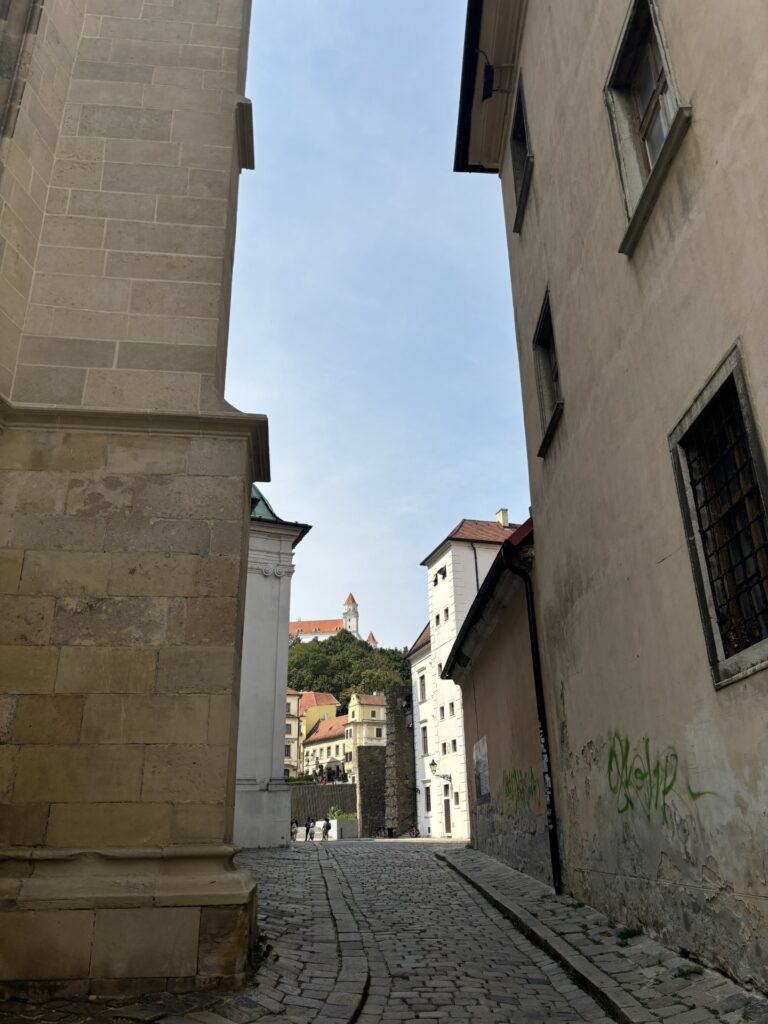
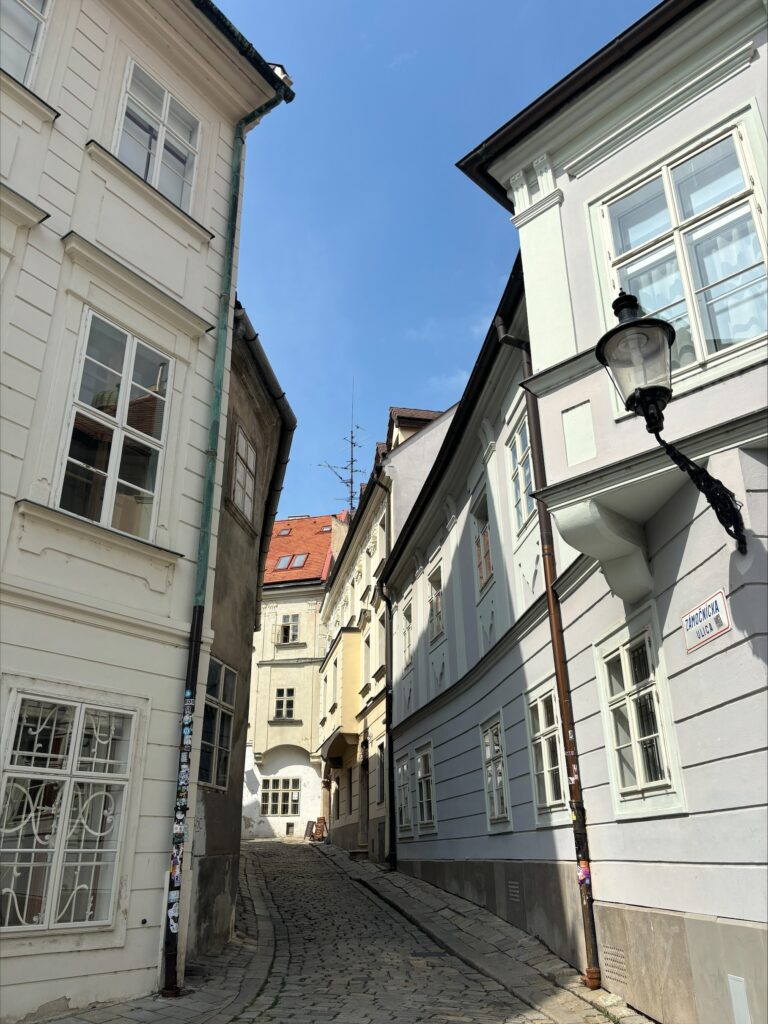
My journey began in Bratislava, a beautiful and affordable city often overshadowed by its infamous neighbours. I was charmed by its size: for a capital, it is tiny. I spent one day exploring the quaint Old Town, dipping in and out of St Martin’s Cathedral for a free visit, mooching around the shops, visiting the medieval city walls with open admission, and ambling up to the Castle Hrad to watch a free opera, taking in the panoramic views of the city. The peaceful atmosphere was the ideal introduction to my trip.
Budapest, Hungary: Culture and Relaxation

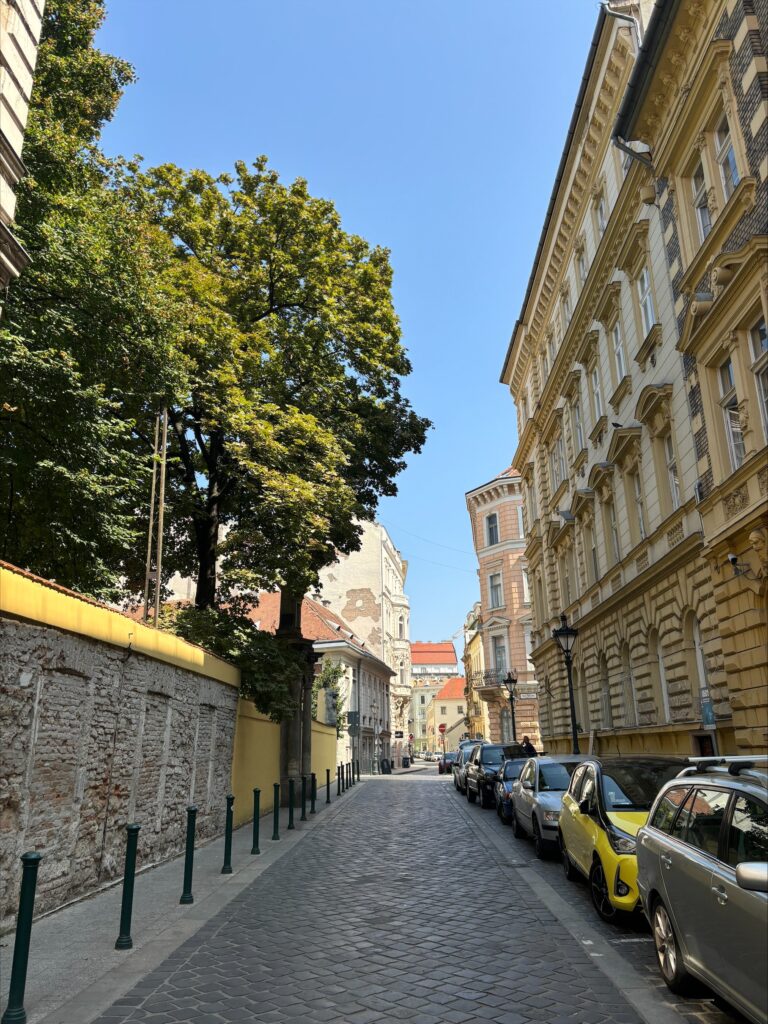
From Bratislava, I hopped on a 2-hour bus ride to Budapest, where I was to stay for three nights. With Budapest historically being two cities, it was an immediate contradiction to Bratislava in size, with endless activities to enjoy. I stayed in Avenue Hostel, a budget accommodation where I received free breakfasts, which was in the centre of Pest. The top attractions, such as Buda Castle and the Fisherman’s Bastion, are completely free, as is admiring the Liberty Bridge and the Hungarian Parliament, and the food scene is perfectly affordable, allowing for an immersion into local Hungarian dishes without overspending.
Vienna, Austria: A Touch of Elegance
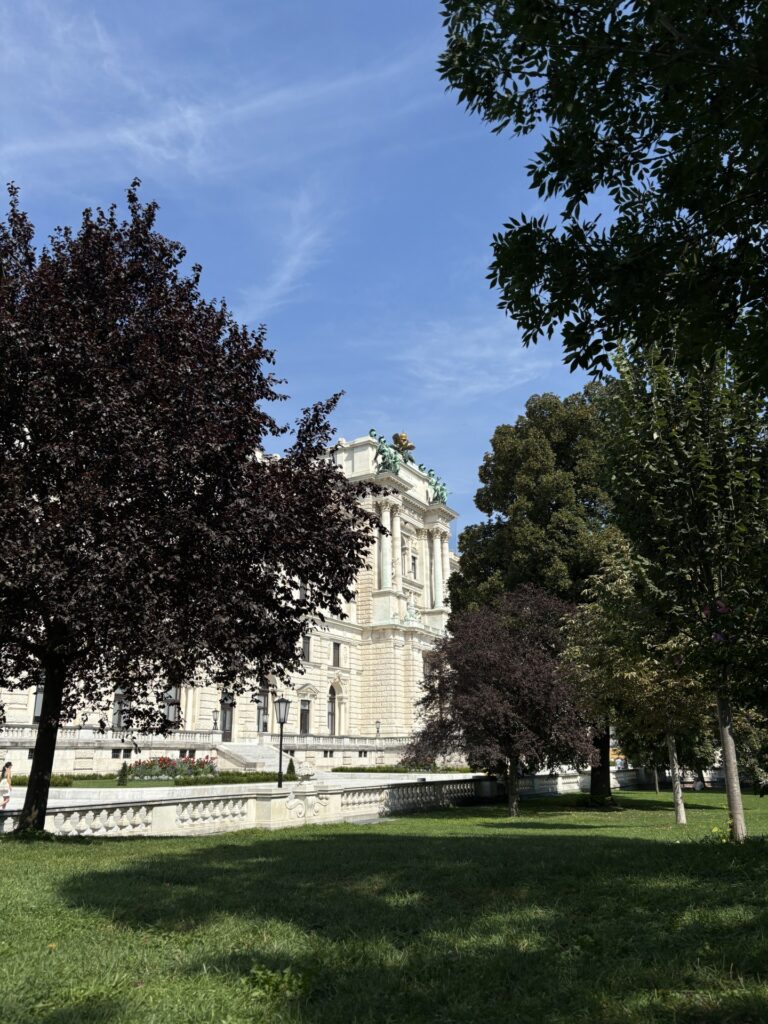

Following another short bus ride from Budapest, I arrived in Vienna. The city’s palatial architecture added some luxury to my trip as well as a vivid glimpse into its imperial past– akin to Bratislava, I spent one night here. While attractions like Schonbrunn Palace or the Belvedere Museum have entry fees, the classical city is crammed with beautiful parks, free art galleries, and open air markets to enjoy, alongside a vibrant student scene with countless affordable cafes and bars. Film buffs will relish spotting infamous scenes from Before Sunrise.
Prague, Czech Republic: Medieval Charm on a Budget

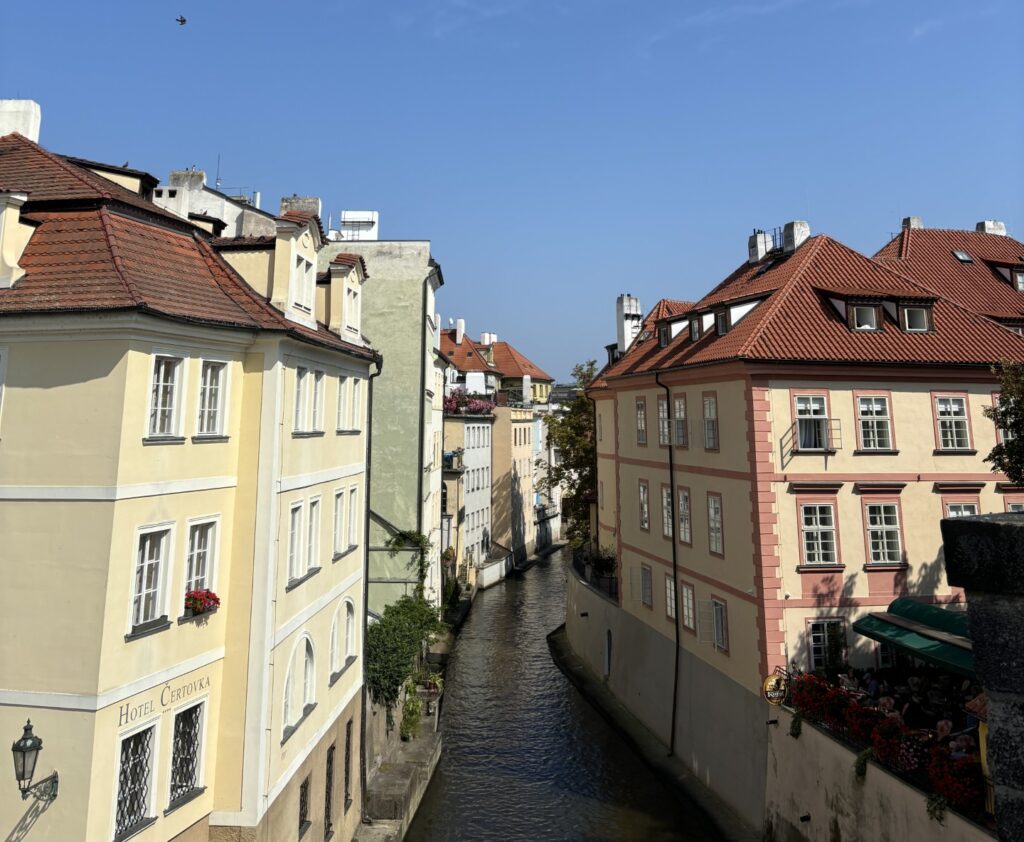
Prague is an infamous hot-spot for students, and rightly so. I spent my time there- 3 nights in a cheap hotel (an utter luxury after staying in hostels for a week)- exploring the various districts, from the Hradcany to Mala Strana to Joodse Wijk, and marvelling at the views from Strahov Monastery and the Charles Bridge, which is beautifully illuminated at night, all without spending a penny. The city offers delicious food and drink for extremely low prices too, so you’ll never be out of pocket trying the moreish cuisines across the cities.
Berlin, Germany: Where History Meets Modernity


Berlin was my last stop, and I was astonished by the city’s seamless blend of rich history and innovative modernity. Berlin’s immersive history has built a city bursting with incredible, educational attractions, such as the East Side Gallery, Brandenburg Gate, and the Jewish Museum– the Gallery and the Gate are free, as is the museum on Saturdays. The city’s infamous nightlife and cultural centres are another treasure for students, with plenty of reasonably priced bars offering discounts for students.
How to Make the Most of Your Adventure on a Tight Budget
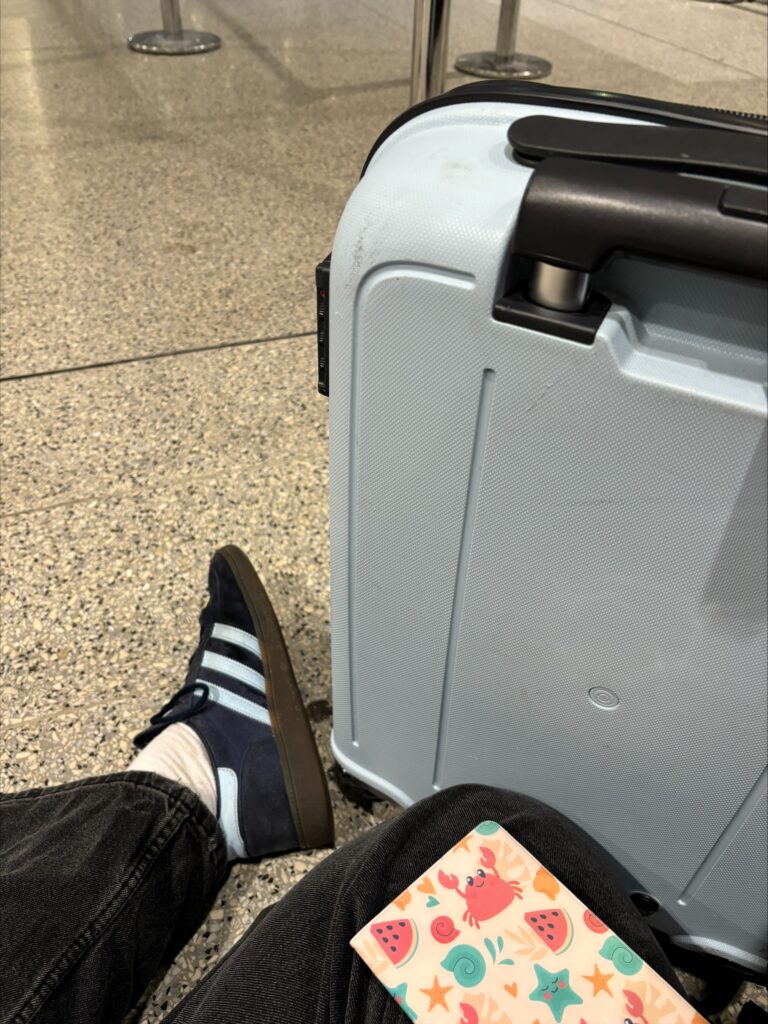
So… Now that you’re convinced that opting for the coach and exploring Eastern Europe is the way to go, here are some of my top tips to help you make the most of your journey.
Book early and take advantage of discounts
Plan your trip early by listing your desired destinations and checking for student discounts or offers of free admissions. Use Skyscanner for the cheapest flight deals, setting price alerts to monitor ebbs and flows in prices, check Hostelworld and Booking.com to find pocket-friendly accommodation deals, and download UniDays or Student Beans for FlixBus or other chain discounts. Ensure that you prioritise booking your travel and accommodation early to secure the best deals.
Pack light!
You’ll stick to your comfiest outfits when budget travelling, so follow my personal golden rule: pack half the amount of outfits you’ll think you need, and double the amount of underwear and socks. Top tip: buy toiletries when you arrive to save space in your bag, and opt for a backpack instead of a suitcase for more comfort and better mobility and storage– something that I wish I would have done!
Cook your own meals
Eating out everyday in a tourist hotspot will drain your budget, so limit your spending on food and take advantage of hostel kitchens. Shop at local supermarkets to buy fresh ingredients to make simple dishes such as pastas or salads, or sandwiches for packed lunches. If you can’t cook nor access a shared kitchen, search for small eateries or street food for affordable meals.
Create a budget plan
While it may seem tedious, keeping track of your daily expenses will keep your adventure stress-free and organised. Explore apps like Mint to track how much you’re spending on food, transport, accommodation, and activities, so as to help you see where you may need to reduce overspending. Prior to your trip, set a budget target amount and divide the pot into different budgets, remembering to include inner city travel costs such as metros and souvenirs.
Final Thoughts
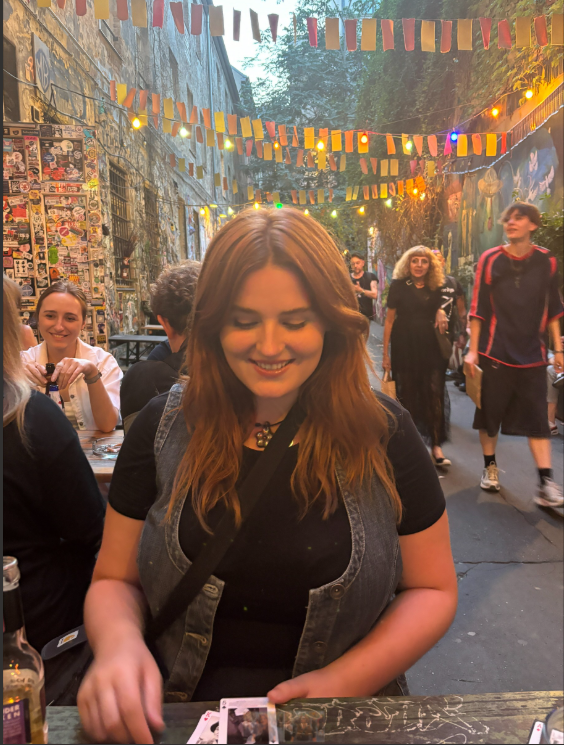
Embarking on my whirlwind adventure was a hugely rewarding experience: my mini-globetrot taught me that adventure doesn’t have to come with a huge cost, and whether you’re a student or just on a budget, the correct planning can turn an ambitious travel goal into an accessible reality. By opting for coach travel, I not only saved money but also discovered my appreciation for slow travel– I loved exploring new places at my own pace, without the stress of tight budgets or rigid schedules.
But best of all, it taught me that with some preparation and some wanderlust, you can create unforgettable memories, all while keeping your bank account (and your uni schedule) intact… so, pack light, plan ahead, and let the journey begin– Europe is waiting for you, and it doesn’t have to break the bank!
I’m so jealous of your trips! I can’t wait to take inspiration and do the same soon